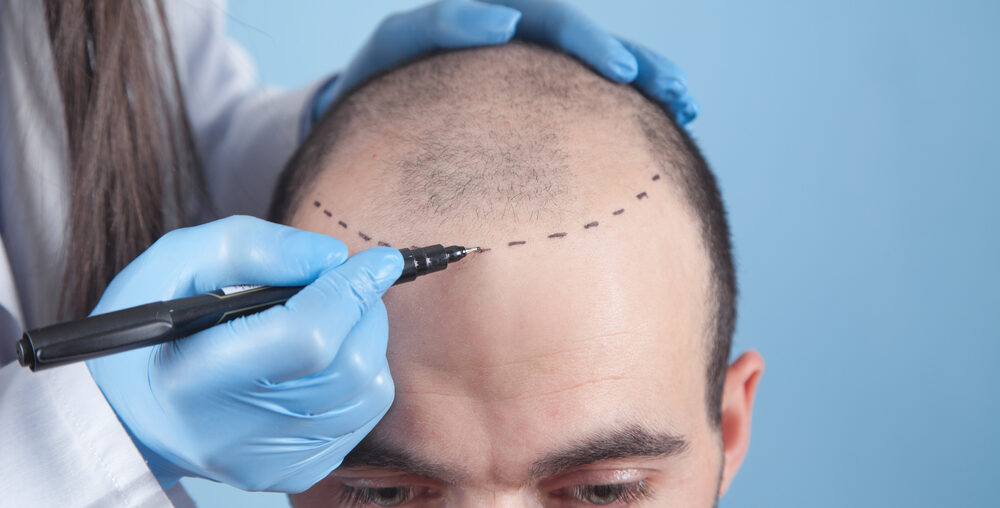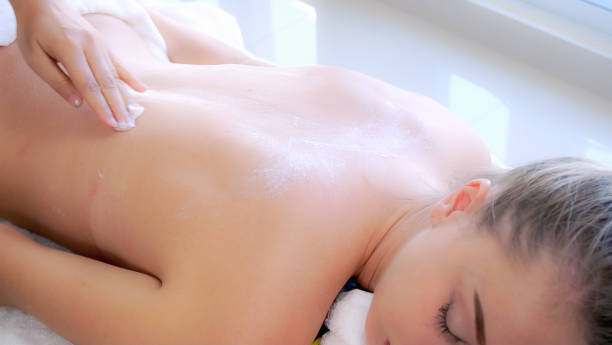Hair loss can be a frustrating and emotionally challenging experience, especially when it affects your confidence and how you present yourself to the world. For many people, finding a reliable and long-lasting solution is a top priority. One such solution that’s gaining popularity for its quick results and natural appearance is Front Line Hair Fixing in Dubai. But a common question that often arises is—how long does this method actually last?
Let’s explore the longevity of front line hair fixing, the factors that influence its durability, and what you can do to maintain your new look for as long as possible.

Understanding Front Line Hair Fixing
Front line hair fixing is a non-surgical method of hair restoration designed to instantly improve the appearance of hair loss, particularly at the hairline. Unlike hair transplants, this approach involves attaching a customized hair system to the scalp using skin-friendly adhesives or tapes. The process is painless, requires no downtime, and delivers immediate results.
The primary goal of front line hair fixing is to restore a natural-looking hairline and density, allowing individuals to return to their everyday lives with renewed self-esteem and confidence. Because of its minimally invasive nature and aesthetic results, it has become a go-to solution for many people dealing with baldness or thinning hair.
How Long Does It Typically Last?
The longevity of front line hair fixing varies depending on several key factors. On average, a professionally fixed hair system can last anywhere from 3 to 6 weeks before requiring maintenance. However, with proper care, the hair system itself can last up to 6 to 12 months or longer before needing to be replaced.
Here’s a breakdown of what affects the duration:
-
Quality of the Hair System
The type and quality of the hair used—natural human hair or synthetic fibers—play a major role. Human hair systems tend to look more natural and last longer when maintained correctly. -
Attachment Method
Whether adhesive glue or medical-grade tape is used can influence how secure the hair system stays. Tapes may need more frequent reapplication, whereas certain adhesives can last longer. -
Lifestyle Choices
Activities such as swimming, intense workouts, and exposure to high humidity or extreme temperatures can impact the longevity of the attachment. The more active your lifestyle, the more often you might need touch-ups. -
Scalp Type
Oily scalps may cause the adhesive to break down faster, reducing how long the fixing stays intact. Regular cleansing and oil control can help extend durability. -
Maintenance Routine
How well you care for your hair system affects both its appearance and lifespan. Gentle washing, using sulfate-free products, and avoiding excessive heat styling can help maintain both the bond and the hair quality.
Signs It’s Time for Maintenance
Even the most secure and high-quality front line hair fixing systems will need maintenance eventually. Here are a few signs that it’s time to revisit your technician for adjustments:
-
The hair system starts to feel loose or begins to lift at the edges.
-
The adhesive shows signs of wear or becomes less effective.
-
You notice discomfort, itching, or sensitivity on your scalp.
-
The appearance of the hair system starts to fade or frizz.
Scheduling regular maintenance every few weeks not only keeps your look fresh but also ensures that your scalp remains healthy and irritation-free.
Can You Extend Its Life?
Yes! With the right approach, you can get the most out of your hair fixing system. Here are some maintenance tips:
-
Avoid Harsh Shampoos: Use mild, alcohol-free, and sulfate-free shampoos to clean your hair system without damaging the adhesive.
-
Limit Exposure to Heat: Avoid direct heat from hairdryers, straighteners, and sunlight, which can break down adhesives and degrade the hair quality.
-
Sleep Smart: Use a satin or silk pillowcase to reduce friction and prevent tangling while you sleep.
-
Stay Dry When Necessary: After swimming or heavy sweating, clean and dry the system properly to prevent any weakening of the adhesive.
Following these tips can help preserve both the aesthetic and functional quality of the hair fixing for longer periods.

Why It’s a Popular Choice in Dubai
Dubai’s cosmopolitan culture, focus on beauty and personal grooming, and year-round social scene make appearance a top priority for many residents and visitors. Front line hair fixing offers a discreet and effective way to tackle hair loss without downtime or surgery. This makes it ideal for those with busy lifestyles who want immediate and natural-looking results.
Moreover, the city’s harsh climate—particularly the heat and humidity—can be tough on hair. But modern fixing techniques have evolved to withstand these environmental challenges, offering solutions tailored for durability even in tough weather conditions.
Final Thoughts
So, how long does front line hair fixing last? While the bonding itself typically lasts 3 to 6 weeks before needing a refresh, the overall hair system can remain in good condition for several months with the right care. It’s a dynamic, flexible option for those looking for fast results without surgical intervention.
Whether you’re dealing with receding hairlines or full-scale balding, Front Line Hair Fixing Dubai offers a reliable and confidence-boosting solution—especially for those who value both aesthetics and convenience. With proper care, it’s a long-term answer to what was once a short-term problem.


